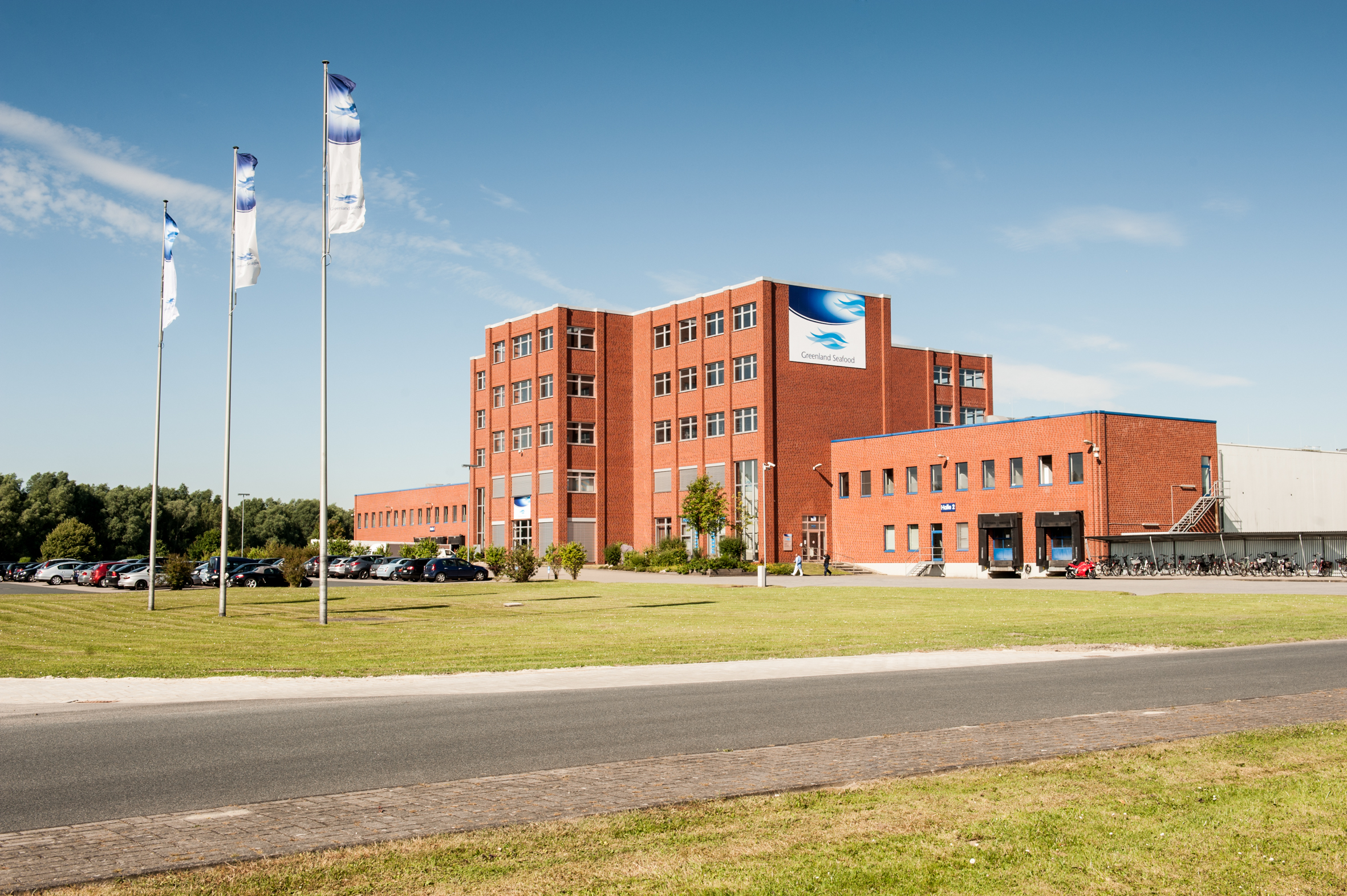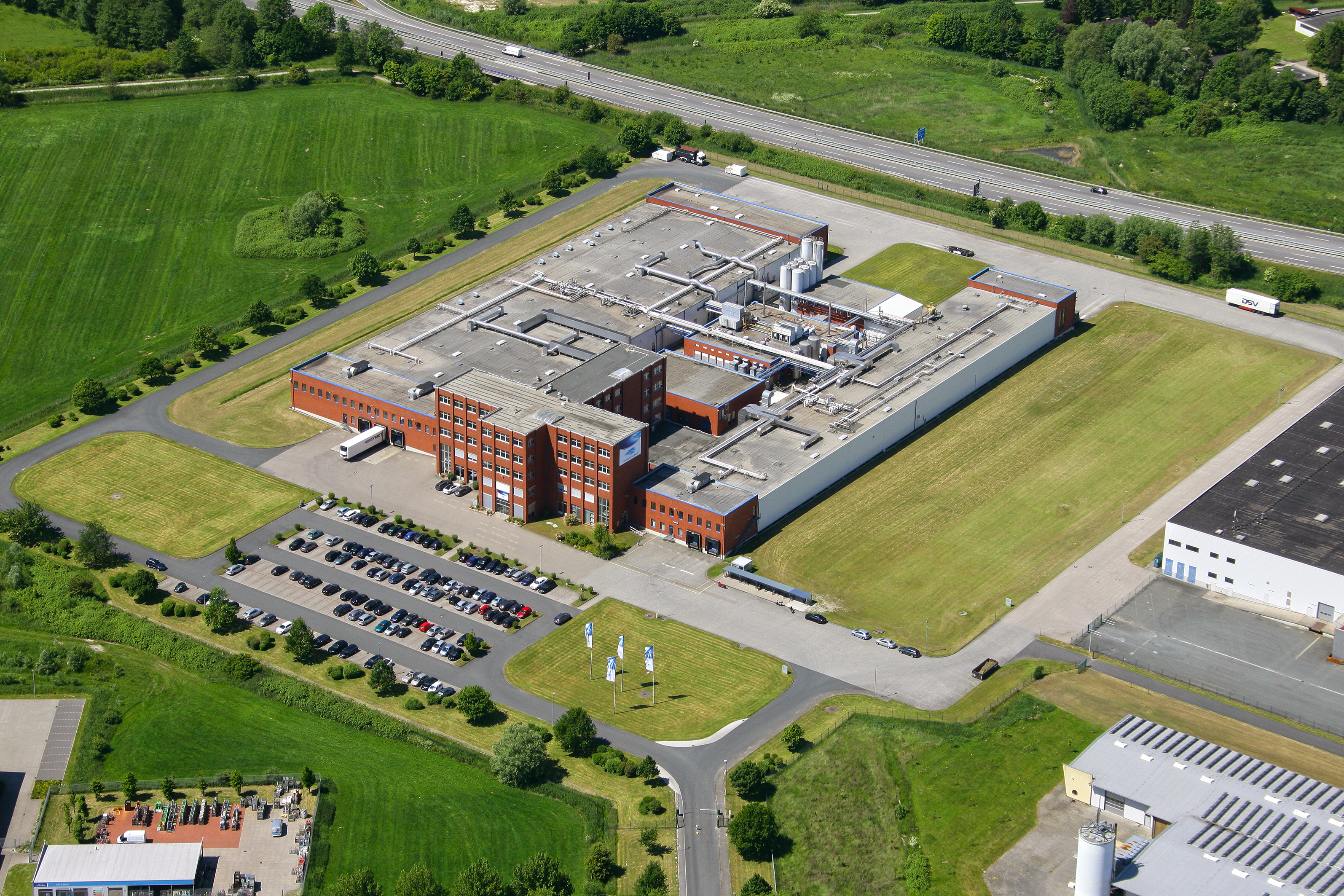With teamwork and technology towards Industry 4.0
Vibration sensors improve reliability in the food industry
Faster, higher, further – there are compelling arguments for many investments and a return on investment can usually be calculated with just a few clicks of the mouse. It is, however, more difficult to prove the need for a purchase if an event might not even happen in the first place. Food producer Greenland Seafood has now decided to invest in the reliability of its equipment and has installed a system to monitor critical motors.
Industry 4.0 means high standards in industrial production: introducing digital concepts to improve systems and make them more flexible, driven by unit cost reduction and the ability to react flexibly to market requirements. Beyond Batch Size 1 and self-organizing production, everyday business operation tends to seem rather more mundane. But it is definitely worth thinking in the direction of Industry 4.0. All too often it is those seemingly trivial improvements using modern automation technology that give the user the benefits of digitisation without a large price tag. Like at Greenland Seafood.
Coastal production
Greenland Seafood gets its raw materials from fishing grounds spread all over the world.
One of the largest manufacturers of fish fingers, fried fish and natural fillets, they produce 1.3 million fish meals per day in Wilhelmshaven, not far from the Jade-Weser-Port. But in order for the end customer to get to choose between Greenland Seafood’s breaded classics, snacks and fish specialities, background systems have to run around the clock. Production technicians see the refrigeration system as the technical heart of the installation. It is strategically located in the centre of the plant, distributing its cooling to the various areas of the plant, from production, packaging and storage to air-conditioning. If this were to break down, the entire production would grind to a halt.
“Condition Monitoring and Industry 4.0 have one thing in common: everybody wants it, but nobody knows what it is”
Take fish finger production as an example: hundreds of fingers are sawn from 7.5 kilogram frozen fish blocks and then breaded. After a dip in the deep fryer’s 185 °C hot oil, the fish pieces are moved to one of the seven spiral freezers to prepare them for packaging and shipping at temperatures of -30 °C and below. “We simply cannot produce the product without this cold temperature”, says plant automation engineer Joachim Gerken, talking through the shut-down scenario of an idle plant: “400 people work here. On top of labour costs, there would be other losses – machine costs, scrapped raw materials and downtime costs to our customers. These would quickly add up to more than 10,000 euros per hour if a central plant area such as the cooling supply were to fail here.”
Predictive maintenance
Joachim’s interest in predictive maintenance was heightened as a result of a previous incident: “Just when one high-pressure compressor was being serviced in line with our maintenance schedule, another one broke down with bearing damage. It was only scheduled for maintenance the next time round or the one after that. Although the remaining cooling generators were able to compensate for the breakdown, this incident highlighted to us the need to take action over and above our regular, half-yearly condition checks”, says Joachim.
Martin Zielinski was instrumental in initiating a small project arising from this need. He is an itsme Schultz+Erbse account manager and regularly contributes suggestions and ideas for improving his customers’ plants. “I also regularly visit the various technical areas at Greenland Seafood and talk to the operators about opportunities for improvement”, says Martin. So when he heard about a relatively new sensor manufactured by Turck, which allows engine conditions to be monitored around the clock, he gathered the people in the plant together. Martin explains the set-up: “Joachim suggested a test run to try out the new sensors, which Phil Whorton from the automation specialist Turck carried out together with us”.
“We can already see the benefits of long-term measurement: it improves our reliability and we can determine much more precisely which device needs to be serviced and when”
“We’ve had the vibration sensor in our product range for about two years”, corroborates application engineer Phil, who goes on to say: “My experiences with condition monitoring and industry 4.0 are: everybody wants it, but nobody knows what it is. We use this sensor to monitor all the rotating or moving machines, motors, fans, gears and pumps so that we can draw conclusions about their condition.” The sensor determines both speed and acceleration in the X and Z axes and measures the temperature. The current status is derived from all this data and in particular from any changes that occur. The vibration degree means conclusions can be drawn on the condition of the bearings, while the speed helps to check the mounting and any imbalance in the motor.
Key data which is sufficient to decide on a test run. The Greenland Seafood team quickly decided on the two high-pressure HD4 and HD5 compressors as suitable candidates. HD5 already had new wear components, as it had just undergone an overhaul. HD4 was one of the motors on the list which should have experienced somewhat more wear and tear. Now all that was needed was to mount the sensors – Joachim opting for the magnetic version, – wire them up and connect them to a robust IP67 PLC from Turck, which was mounted without a control cabinet and would evaluate and visualize the data.
Continuous measurements for a better decision

The advantage they were hoping for was quickly confirmed: “There is a good match when comparing the previous vibration measurements with the new continuous values. Whereas previously we would receive information about a motor’s condition twice a year using an external service provider, this now happens around the clock – notification by SMS and email included”, says Joachim. He adds: “We can already see the benefits of long-term measurement: it improves our reliability and we can determine much more precisely which device needs to be serviced and when, not only according to a maintenance schedule, but based on the device’s actual condition.”
The test is not fully complete yet though: the service provider’s twice-yearly measurements will continue to be carried out until further notice and act as a control measurement. Here, it is not primarily about saving money, but more about having more reliability in production, emphasises Joachim. “This was also our management’s opinion. After all, this investment doesn’t give us any short-term increase in profits.” The equipment for the other high-pressure compressors has been postponed due to the corona crisis. Postponed, but certainly not cancelled. “We will also monitor the other motors with the sensors within a year and use this new experience to decide which motors to equip at the plant next”, says Joachim, as he looks to the future.
